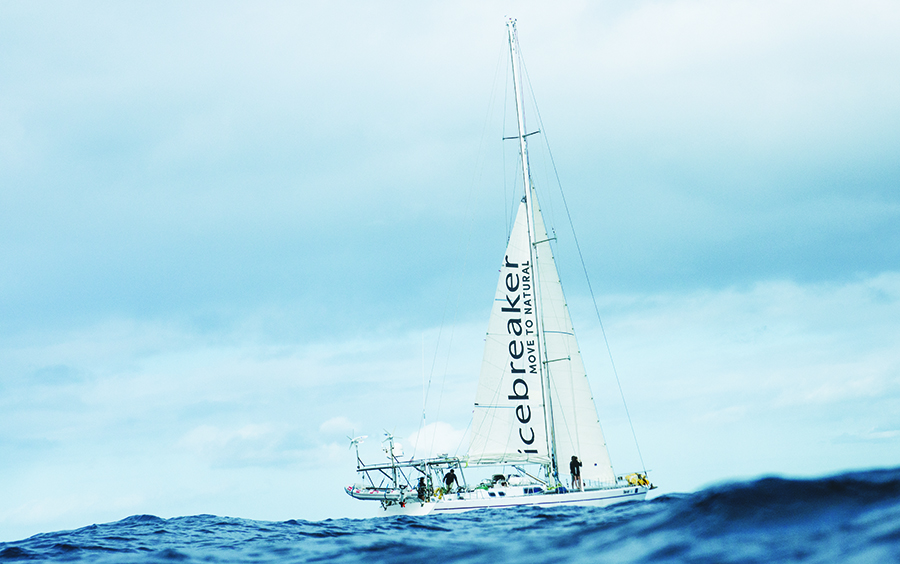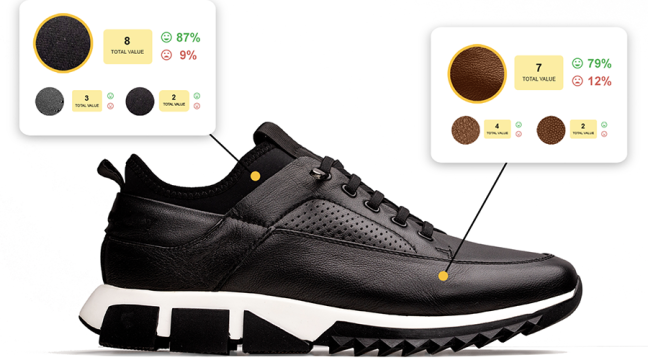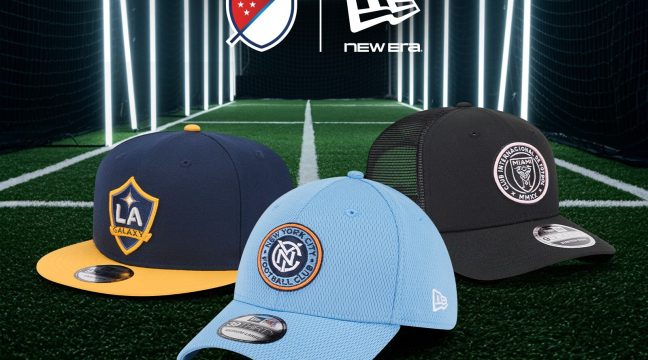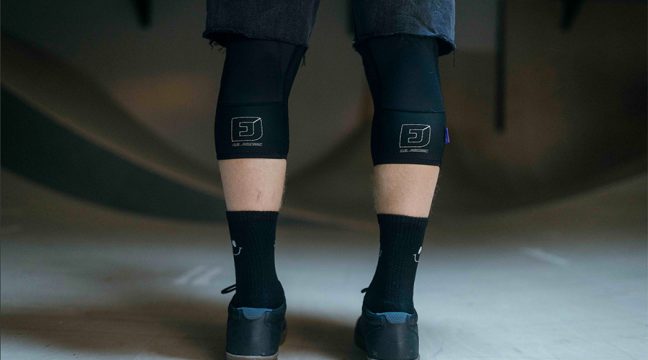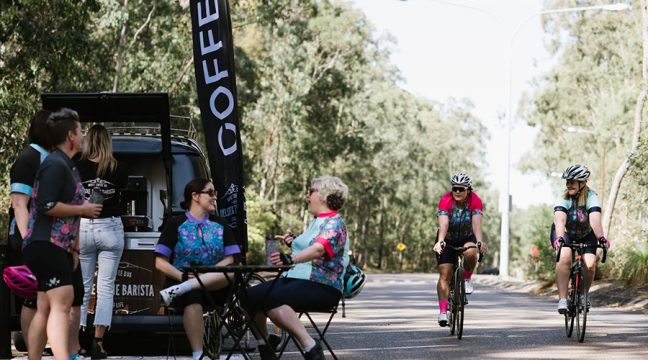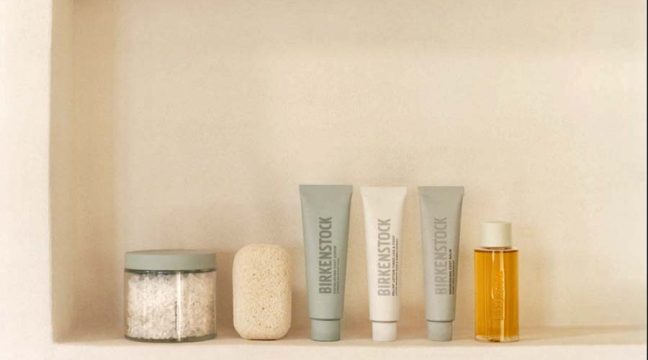Single-use plastic is the most obvious of offenders when we consider ocean plastic pollution. Yet the biggest offender of plastic pollution is something that might not be front of mind: our clothes.
Over 35-percent of the projected 1.5 million metric tons of microplastics found in the oceans come from synthetic textiles1. What’s even more concerning is the plastic microfibers shed from clothing are so small that they can’t be seen by the naked eye and as such marine life are ingesting them. We are now finding traces of plastic microfibers in our food chain2.
New Zealand brand, Icebreaker, believes nature provides the answers and for over 24 years has been developing natural fiber based clothing. Natural fibers are more renewable, more sustainable and a better alternative to synthetic, they release far less synthetic microfibres when washed.
Washing clothing can release up to 700,000 synthetic microfibres per full load and are polluting our waterways3. The more we discover the levels of plastic pollution to our planet, the greater the need to learn more and to raise awareness of the problem.
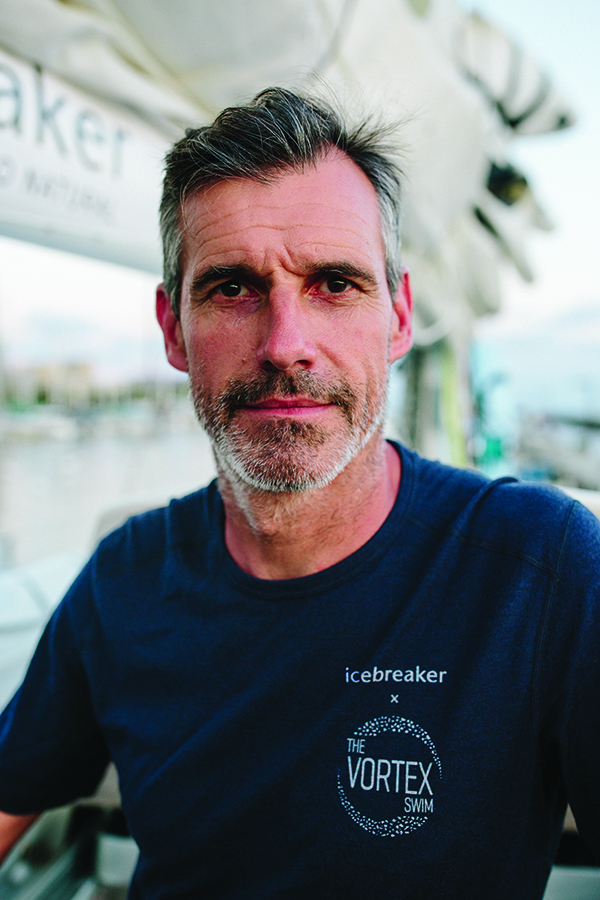
Icebreaker believes that as humans we are all drivers of change, and with more information and research, we have the chance to reduce further plastic pollution to the planet. In June this year, Icebreaker will partner with long-distance swimmer Ben Lecomte, pictured right, to raise awareness of ocean plastic pollution and support research into the impact of synthetic fibers on our environment. Move to natural is a platform for people to raise awareness of topics that others will be able to learn from. Naturally progressive thought leaders and change-agents will put a spotlight on some of the biggest environmental crisis’ the world faces, enabling people to be part of the solution and drive meaningful change.
Move to natural and The Vortex Swim launches June 2019 with an epic journey across the Pacific Ocean. Ben Lecomte will swim 300 nautical miles through the plastic Vortex, representing the 300 million tons of plastic produced in the world each year. Commonly known as the Great Pacific Garbage Patch, the Vortex is the highest concentration of ocean plastic in the world, from large debris to plastic bags to microscopic fragments and fibers.
The crew will explore and research the Vortex from Hawaii to California over a period of three months. Taking samples every 30-to-50 nautical miles, the crew will be the first expedition to provide an extensive, unified high-definition sampling on plastic pollution across the Pacific Ocean, forming the first trans-Pacific data set.
Chief Brand and Product Officer, Carla Murphy, said: “As humans, we all have the capacity to drive change, and the more we learn the more we can act and make positive choices. People like Ben are not only inspirational humans, they are natural progressives helping all of us see things differently, in a way that enables each of us to better understand and be part of the change for good. Everything we do is designed to move people closer to nature and closer to choosing natural alternatives.”
Ben shares icebreaker’s passion to challenge the status quo and people’s understanding of plastic. Swimming through plastic debris is not for fun, but it is necessary to raise awareness he says, he wants to be part of the solution and help educate people on natural alternatives.
“Microfibres are a growing problem because we don’t see them, but we now know that they are everywhere – we have very little knowledge of what impact they have on the human body. But we know the cause of it – mostly the clothes that we wash. So anything that can provide a solution to that – alternatives to synthetics, such as natural fabric – is the way to go.” We all need to make changes, but to do that we need to understand the problem. Said Ben “I want people to understand that the solution is in everybody’s hands. We can make better choices and support alternative solutions in our everyday life. Hopefully, the more people who understand it, the more people who can make the right choice. It’s true when people say, we don’t need one person to do it perfectly, we need millions to do it imperfectly.”
To be closer to the expedition and part of the movement, Icebreaker will create a platform for communication and participation allowing consumers to join the movement to natural. People can follow and get involved in these ways:
– Learn more and follow Ben’s progress at movetonatural.com
– Share your message of support and spread the word about plastic pollution research on social media using the hashtags #thevortexswim #movetonatural.
– Act. 100-percent of plastic in the ocean, including the plastic microfibres from our clothing, is a result of us. Together we are accountable. It’s time to take responsibility and put our name to change. Watch this space for a consumer campaign launch this August.
– Support the crew in September by wearing a limited-edition Icebreaker x The Vortex Swim hat and 100-percent merino T-shirt, with funds donated from the capsule supporting research into plastic pollution in the Pacific Ocean.
Additional Notes
The Vortex Swim sets sail from Hawaii on 8th June 2019, coinciding with World Oceans Day, and arrives in California in early September 2019.
The Icebreaker Vortex Crew T-shirt and hat is available on icebreaker.com, at icebreaker stores and key retailers from September.
The Vortex Swim is named after the circular area of water, or vortex, that moves around the North Pacific Ocean, where four major currents trap water – and plastic pollution – into an encircled area.
Ben and the Vortex crew will be the first expedition to collect a unified set of ocean water samples to test for microplastics and microfibres across the Pacific Ocean, from Japan to California. They will sample approximately 200 times with the same boat, same equipment within 15 months. Ninety-seven samples were collected during ‘The Swim’ expedition from Japan to Hawaii with an additional 100 planned during The Vortex Swim.
The Vortex crew will collect samples each day for a range of scientific organizations to contribute to data on plastic pollution in the ocean. This will include:
– Placing trackers on large debris to follow their movement in the ocean’s currents.
– Observing marine life – from microorganisms to large pelagic animals – as they interact with the plastic debris.
– Filtering for microplastics and microfibres that are undetectable to the human eye – but have the potential to negatively impact the health of humans and the environment.
Because the support vessel is sailing at the pace of a swimmer, it can collect samples otherwise out of reach to scientists on regular ocean crossings.
Campaign website: movetonatural.com

